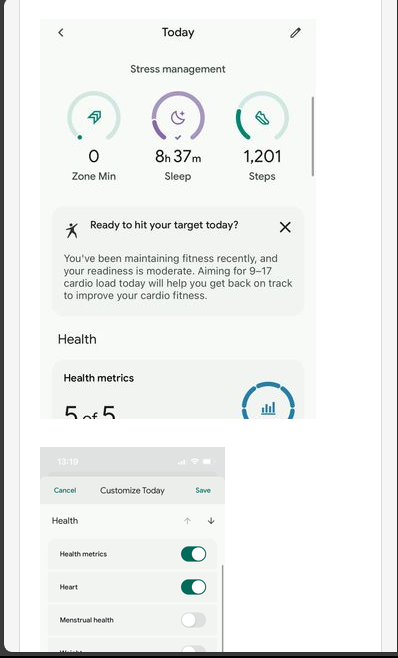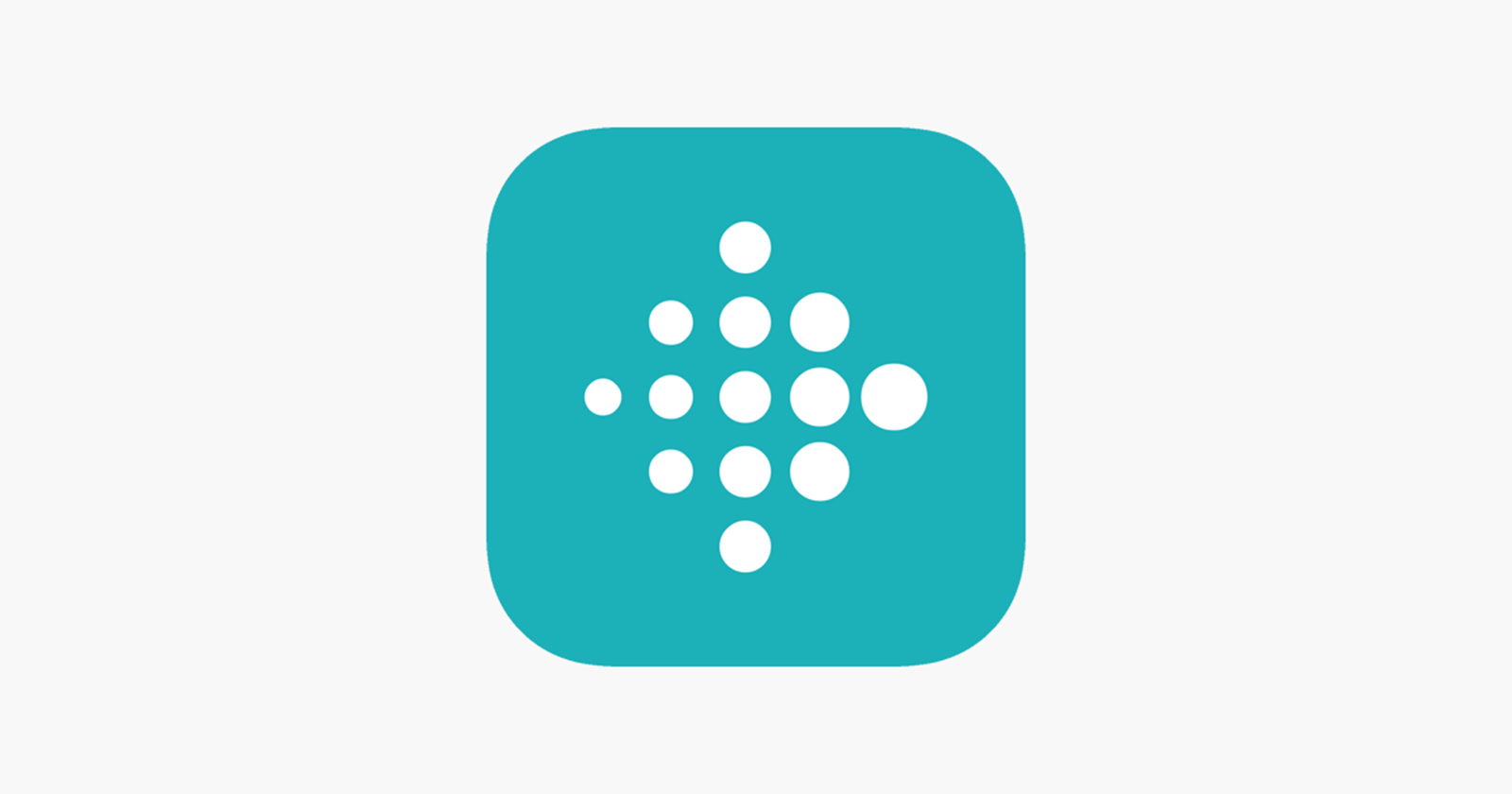Fitbit’s latest updates have sparked a heated debate among its users. The new Cardio Load feature, designed to help users manage their cardiovascular exercise and recovery, has not landed as smoothly as Fitbit might have hoped.
Launched with fanfare in September, the Cardio Load feature was part of a suite of tools aimed at enhancing fitness tracking on devices like the Google Pixel Watch 3. These tools, including the Readiness Score and Target Load, promised to provide personalized insights into users’ fitness journeys, balancing activity with recovery to prevent overtraining.
However, not everyone is thrilled with these updates. The Cardio Load tile has become a point of contention, particularly for those who feel it intrudes on their app experience. Users have taken to Fitbit forums to voice their frustration, requesting the ability to move or remove the Cardio Load tile from their home screens. The complaints are varied but unified in their underlying message: users want more control over their app interface.
The core of the discontent seems to be twofold. Firstly, users are frustrated by the placement of the Cardio Load tile, which pushes their preferred metrics, like Steps, further down the screen. For users with smaller screens, such as those on an iPhone mini, this change disrupts the streamlined, at-a-glance view they’ve come to rely on.

Secondly, and perhaps more emotionally charged, is the feedback around the messaging associated with Cardio Load. Many users have described the prompts as shaming and negative, particularly when they suggest that users are undertraining or need to hit specific targets. For those who use Fitbit primarily to monitor their heart health or manage conditions like anxiety, these messages can feel not only intrusive but also insensitive.
Some users have reported that even after deselecting the Cardio Load feature, they continue to receive daily reminders, which adds to their annoyance. The inability to permanently dismiss these notifications has led to a feature request, with users expressing everything from mild irritation to outright fury.
Despite the backlash, there are hints of possible workarounds. A few users noted that removing their Fitbit devices overnight seemed to stop the pop-ups, though this is hardly a convenient or ideal solution.
The Fitbit community’s reaction underscores a broader theme in the tech world: users crave personalization and control. They want the ability to tailor their experiences to fit their unique needs and preferences. When a new feature disrupts that balance, even with the best intentions, it can lead to dissatisfaction.
Fitbit now faces a decision point. Will they listen to their users and provide the requested customization options? Or will they hold firm, believing in the value of the Cardio Load feature as it stands? Only time will tell.
TechIssuesToday primarily focuses on publishing 'breaking' or 'exclusive' tech news. This means, we are usually the first news website on the whole Internet to highlight the topics we cover daily. So far, our stories have been picked up by many mainstream technology publications like The Verge, Macrumors, Forbes, etc. To know more, head here.


